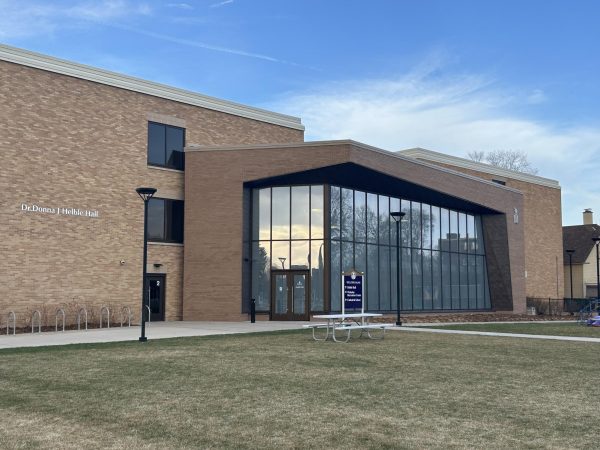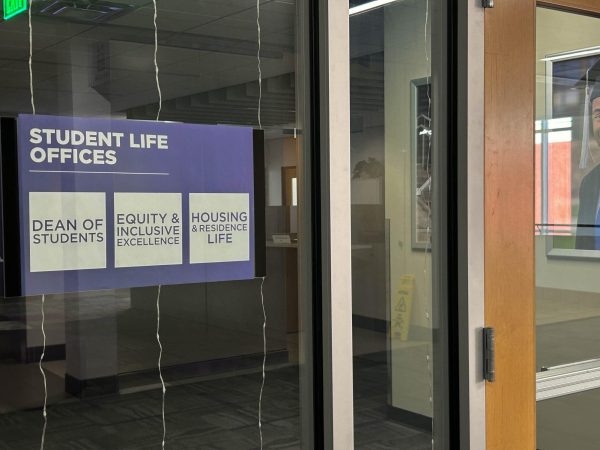More COVID relief funding possible for students
April 7, 2021
Winona State University students can expect more relief funds after the passage of the American Rescue Plan Act (ARPA) on March 11.
So far, two federal stimulus packages–Coronavirus Aid, Relief and Economic Security Act (CARESA) and the Coronavirus Response and Relief Supplemental Appropriations Act (CRRSAA–have provided eligible individuals with one-time emergency grant payments, the latter of which are currently being dispersed to students.
A simulated distribution table was released by the American Council on Education (ACE), a higher education group that represents “more than 1,700 colleges and universities, related associations and other organizations in America and abroad,” according to their website, that gives an estimate on how much funding Winoan State students could receive.
ACE’s simulated distribution spreadsheet estimates Winona State will receive $15,629,000 million, with $7,814,500 million going towards students.
ARPA’s student grant allocation is almost three times as large as the CRRSAA allotment, which was $2,848,478 million.
The increased amount allocated through ARPA for Winona State students will result in higher individual payouts.
Winona State President Scott Olson and Vice President of Finance and Administration Scott Ellinghuysen addressed ARPA and what it means for the university.
Ellinghuysen said the university has not received any official information from the Department of Education (DOE) regarding the official allocated ARPA amount.
Regarding ACE financial guidance, Ellinghuysen said the university will not know a total dollar amount until the DOE releases information surrounding ARPA.
“I’m not saying what ACE has released is incorrect, but there may some nuances. We really don’t know until we get official guidance,” Ellinghuysen said.
Some of those nuances may include financial eligibility factors for students.
Olson and Ellinghuysen are unsure if graduating students will receive ARPA financial payments, which the outgoing Spring 2020 class was eligible for under CARESA.
Olson also said, “The spreadsheet [ACE simulated distribution] was assuming a 50/50 split. If that’s the amount of money, it’ll be three times more the amount. I’m assuming there will be a direct expectation of money going to students, but what I don’t know is if DACA or international students are eligible.”
Without an official dollar amount and eligibility criteria provided by the DOE, the university is unsure when ARPA payments would be dispersed and to whom.
“The CRRSAA bill was signed December 27 and we just got the money. Biden just signed this one bill in March, so it could be June. I wouldn’t like to say it’d be that long. The Department of Education is just swamped right now,” Ellinghuysen said.
Olson said once the university receives the exact ARPA dollar amount, they will defer to Student Senate for a motion on the distribution before making their recommendation.
“Once we get guidance, we will give a worksheet to the Student Senate President, which would allow them to monkey around with distribution numbers. There’s no point in the exercise until we get information,” Olson said.
Ellinghuysen said he hopes to receive guidance from the DOE regarding ARPA funds later this week.






































































